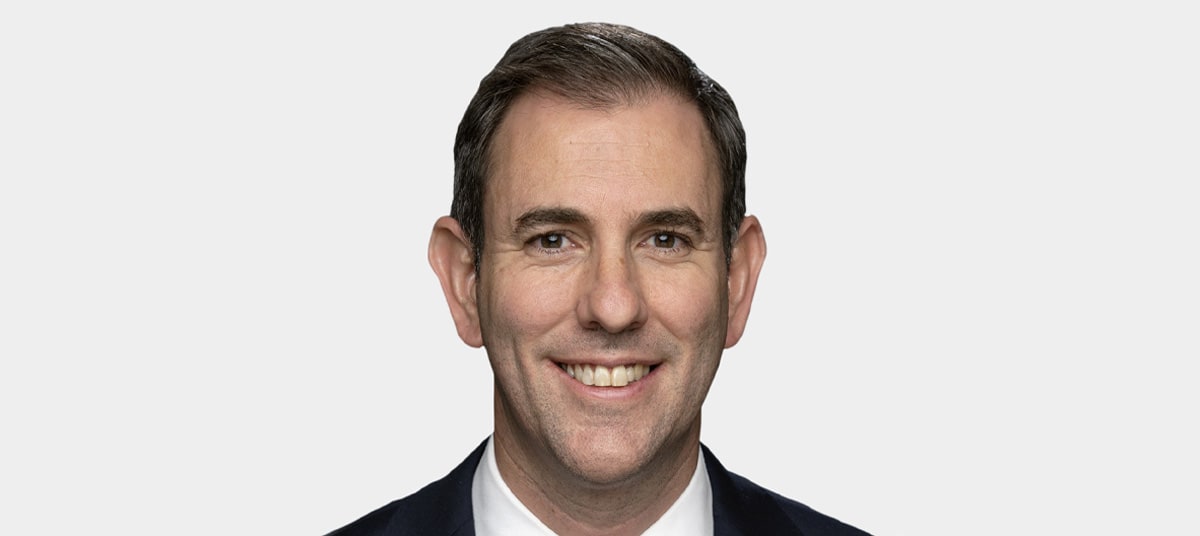
Federal Treasurer Jim Chalmers has revealed the Labor Party’s budget, which includes a host of housing measures.
The Albanese government has unveiled its budget for 2025–26, the last before the upcoming federal election, focusing on increasing housing supply, easing cost-of-living pressures, and strengthening support for small and medium-sized enterprises (SMEs).
Housing measures
Labor committed to lift total commitments in housing to $33 billion through measures including those aimed at making it easier to buy homes and build houses faster.
These include:
- Higher-income caps and property price limits for its shared equity Help to Buy scheme in a bid to help more first home buyers enter the market. The government will set aside $6.3 billion – an $800 million increase – for the scheme.
- Banning foreign buyers from purchasing existing homes for two years from 1 April 2025 to take pressure off the housing market.
- Rolling out the first two rounds of the $10 billion Housing Australia Future Fund, helping deliver approximately 18,000 social and affordable homes for those who need them most.
- Committing $4.9 million over four years from 2025–26 to continue the Regional Home Guarantee and Family Home Guarantee streams of the Home Guarantee Scheme. (But no mention of the future of the First Home Buyer Guarantee).
- Investing $54 million in prefabricated and modular home construction ($49.3 million to support state and territory governments to grow prefabricated and modular home construction and $4.7 million for a voluntary national certification process for off-site prefab home construction).
- Providing $9.3 billion for homelessness prevention, crisis support, and social housing maintenance. That includes $400 million annually for homelessness services and $6.2 million for research and advocacy. Including launching a $1 billion fund for crisis and transitional accommodation and investing $6.2 million over three years to support homelessness organisations.
- Committing $1.5 billion through the Housing Support Program to fund projects to improve planning capability, deliver enabling infrastructure, and build more social housing. With the government also offering $3 billion in incentive payments under the New Homes Bonus, up to $4.5 billion in funding is committed to addressing infrastructure backlogs and delivering new housing.
- Increasing maximum rates of Commonwealth Rent Assistance by 45 per cent for around 1 million households.
- Refining the build-to-rent tax concessions to increase rental housing supply, including affordable tenancies, and provide greater security for renters with stable five-year tenancies. This is expected to support the construction of around 80,000 new rental homes over the next decade, including 8,000 affordable homes, alongside state and territory initiatives.
- Doubling incentive payments so eligible apprentices get up to $10,000 if they train up in the housing construction sector. Employers of apprentices in priority occupations may also receive up to $5,000, with the Priority Hiring Incentive extended to 31 December 2025.
While delivering his fourth budget, Chalmers said: “We are tackling the housing shortage from every responsible angle – making home ownership more affordable for young Australians and young families in particular.
“Our $33 billion plan will help build 1.2 million new homes before the decade is out.”
Speaking about Help to Buy, he said: “We will update the property price and income caps so more first home buyers are eligible for the scheme, and this will help 40,000 Australians buy their first home in the next four years.”
The government said that qualifying first home buyers looking to purchase an established house on the Sunshine Coast for $800,000 with a $50,000 deposit could apply for the government’s Help to Buy shared equity scheme. After approaching a relevant lender, the couple may be able to afford a $510,000 home loan and obtain a $240,000 (30 per cent) government equity contribution, potentially saving around $1,464 per month on their mortgage payments.
Support for SMEs
In the budget, Chalmers also pledged that the Labor Party would:
- Take further action to support the franchising sector including the provision of $7.1 million over two years from 2025–26 to strengthen the Australian Competition and Consumer Commission’s (ACCC) enforcement of the Franchising Code of Conduct and enhancing its engagement and education activities.
- Extend unfair trading practice protections to small businesses. It will also boost funding for the Australian Securities and Investments Commission (ASIC) to identify and take enforcement against “more dodgy directors for illegal phoenixing conduct”, focusing on the sectors that are more at risk like construction.
- Release a new statement of expectations for the Payment Times Reporting Regulator to support improved payment times for small businesses.
- Promote prompt 20‑day payment times for contractors and subcontractors in the construction industry for work completed for Government Business Enterprises undertaking major construction activity.
- Provide $56.7 million in grants of up to $25,000 to over 2,400 businesses for energy upgrades, including replacing inefficient appliances and improving heating systems, under the Energy Efficiency Grants for Small and Medium Sized Enterprises program.
- Support the hospitality sector and alcohol producers by pausing indexation on draught beer excise and excise equivalent customs duty rates and increasing support available under the Excise remission scheme for manufacturers of alcoholic beverages and Wine Equalisation Tax Producer rebate.
There is no mention of any extension of the instant asset write-off.
Student debt
- Cutting a further 20 per cent off all student loan debts, wiping around $16 billion in student debt for around 3 million Australians (which may benefit first-time buyers with student debt).
Energy rebates
- The provision of another $150 in Energy Bill Relief for households and around 1 million small businesses, extending energy rebates until the end of 2025.
Tax relief
The Albanese Labor government will reduce income taxes over two years, with all 14 million Australian taxpayers to receive a tax cut:
- From 1 July 2026, the tax rate for income between $18,201 and $45,000 will decrease from 16 per cent to 15 per cent.
- From 1 July 2027, the rate will drop further to 14 per cent.
The average total tax cut will be $2,548 or about $50 a week, Chalmers said. The government will also increase the Medicare levy low‑income thresholds, which will provide tax relief for more than a million Australians.
Peter Dutton and the Coalition’s budget reply speech will be on Thursday (27 March).
[Related: Budget expected to bring housing, SME relief]
 Login
Login










JOIN THE DISCUSSION